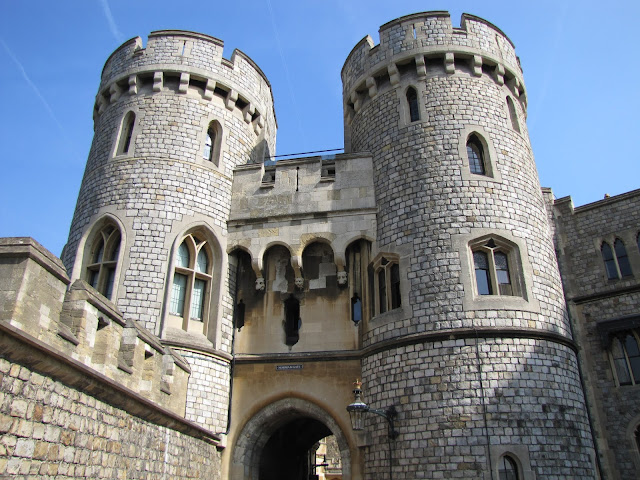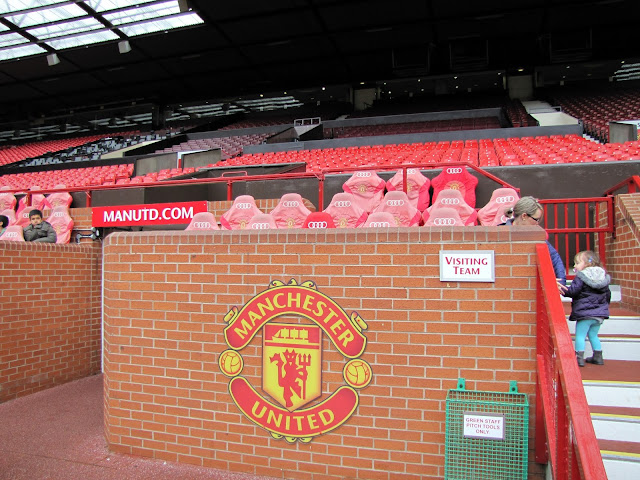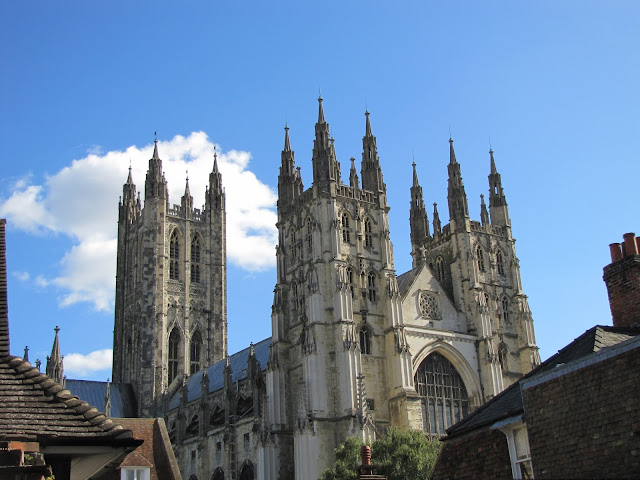England: Hopping across Counties
Overview: Below is a glimpse of the places we visited within England during our stay in the UK(2012 and 2014). Some of the places will be described in detail in my forthcoming posts.
1. London city: There has not been a single weekend at home for us in London. The city has so much to offer. A historic city, with loads to do for all ages for any ethnicity, I would call it a true cosmopolitan.
2. Windsor Castle: A huge castle built on the banks of the river Thames by William the Conquerer in the 11th century. This is currently a royal residence of the Queen in the city of Windsor in Berkshire. More information can be found in the wikipedia site:
http://en.wikipedia.org/wiki/Windsor_Castle
http://en.wikipedia.org/wiki/Windsor_Castle
3. Lake District: The district Cumbria is known for its natural beautiful and vast freshwater lakes. We visited the Aira Force waterfalls at Lake District.
4. Manchester: We had a chance to visit Manchester on the way back from Lake district. We mainly visited the Manchester United football stadium.
5. Silverstone F1 Grand Prix track: We took a head-to-head offer of driving and comparing the experience of 400BHP Ferrari and 4.3l V8 Aston Martin. It was a thriling experience driving at 180mph (290kmph).
6. Coventry: This is a historic city with bombarded cathedrals and the automobile museum. Coventry was heavily bombarded during the World War-2 and has been undergoing several transformation since then. Coventry is also known for the automobile manufacturers who have set their base here. On the way back we had a brief halt at a small lake in Milton Keynes.
7. Peterborough: I was in Peterborough for a training, so could not explore all the attractions in the town, but made some time to visit the Peterborough Cathedral in this medieval town. This cathedral was built by the Normans in the early 12th century.
8.Bath, Somerset: Its an ancient Roman city and a UNESCO World Heritage site. This city is known for the Roman Bath house used for public bathing in the hot springs. The complex is known to be built in 60-70 AD.
9. Cheddar Gorge: Cheddar Gorge is a deep limestone gorge in the Mendip Hills near Cheddar, Somerset. Apart from the gorge, the place is known for two limestone caves, Gough's cave and Cox' cave with stalactites and stalagmites. These caves were existing since times unknown and human settlement in this caves has been known to exist for over 9000 years based on the skeletal remains.



10. Stonehenge, Wiltshire: Its a prehistoric structure and a UNESCO world heritage site. Built by pre-historic men between 3000 BC to 2000 BC, theses structures may have been used for time keeping by the humans in the Neolithic period.
11. Oxford: Just out of the last zones of London, is the University town of Oxford. Best known for the Oxford University and the affiliated colleges, Oxford has been occupied by humans since 900 AD. Being a small town, the whole place can be visited by foot using a map.
12. Leeds Castle, Kent: (Not to be confused with Leeds City in Yorkshire) Leeds Castle is a pretty 11th century castle in the county of Kent. Again built by the Normans, the castle has been later occupied by the English kings. The castle is set in a beautiful location in the middle of an island in the river Len.
13. Dover, Kent: Dover is known for the closest ferry port to the European continental coast at Calais in France which is just 34 kms away and on a clear day, one can see the French coast from Dover. Dover is also known for White Cliffs and at some point of time this British landmass might have been a part of Europen landmass with Calais also having white cliffs. Another attraction is the Dover Castle which is built on top of a hillock and is visible from any part of the city.
14. Canturbury, Kent: Canterbury is an ancient historic city known for its Cathedral and is a UNESCO World Heritage site. This is also a popular place of pilgrimage for Christians around the world and is a source of inspiration of the literature of Canterbury Tales.
15. The Jurassic Coast (Durdle Door and Lulworth Cove): The Jurassic coast is a UNESCO World Heritage site known for the number of fossils around the area. The area from Dorset to Devon is visited as a part of the Jurassic trail. We visited Lulworth Cove and Durdle Door where cliffs date back to millions of years. Durdle Door is a natural limestone arch which looks like a horse drinking water when viewed from a particular angle.
16. Leeds, Yorkshire: Leeds is one of the fast developing financial cities in England. Leeds dates back to 7th century and subsequently ruled by different kings. The historical buildings and cathedrals can be seen all around the city. The modern financial district with skyscrapers dot the skyline of Leeds today. The famous Leeds University and the Headingley cricket stadium are the famous landmarks of the city.
17. Spofforth Castle, North Yorkshire: The Spofforth Castle is around 16 miles north of Leeds in the village of Spofforth. It is a 14th century castle currently in ruins after the World War bombings.
18. Hinckley, Leicestershire: Lived in the small town of Hinckley for 6 months. It is a market town catering several nearby villages. It is the place where Triumph motorcycles are manufactured. There is a small museum in Hinckley which houses memoirs of the World War times and the hoisery industry which existed here. Had a chance to see the Hinckley Carnival in summer. There is a Farmers' market which takes place thrice a week in Hinckley.
19. Lutterworth, Leicestershire: Lutterworth is a small Parish town known for John Wycliffe, the scholar who translated the Bible from Latin to English at the St Marys Parish Church. The town is also known for Sir Frank Whittle, the inventor of jet engine. Some of the notable 17th century buildings such as The Cavalier Inn and Shambles Inn can still be seen in the town. Another market town of Market Harborough is also close to Lutterworth which is a bigger town and has a bigger museum and many supermarkets.
20. Leicester: Leicester is the largest city in East Midlands and is a historic city which is known for its cosmopolitan culture. Known for its ancient history since the Vikings and Roman times. There are several museums like the Jewry Wall museum, Newarke museum. Other attractions include Leicester Castle, Guildhall, Cathedral, Farmers Market, War Memorial and the Belgrave Road for its Indian community.
21. Birmingham St Mary's church and Dudley Balaji temple: Birmingham is a modern city and the largest in West Midlands region. We visited the Bull Ring mall and the
St Mary's parish church which was rebuilt in the late 18th century. We also visited the famous Balaji temple at Dudley just out of Birmingham city centre. The temple is built in old South Indian style and is visited by many people throughout the year.
How to reach: England has well structured and maintained motorways and country roads. Though on bad days the traffic jams can be frustrating. All the counties are connected by rail services.
Food/Accommodation: Hotels suiting all budgets are available in England. Youth hostels are also a good option in certain places.




























































Nice and very informative post
ReplyDeleteA good Coverage thru' the Photo Journey!
ReplyDeleteBeautiful Series...
ReplyDeleteLovely post!
ReplyDeleteBeautiful pictures...
ReplyDelete31FF9A89B9
ReplyDeletebeğeni satın al
Para Kazandıran Oyunlar
İG Takipçi
Kaspersky Etkinleştirme Kodu
Havale ile Takipçi
2EE68AC7EA
ReplyDeletekiralık hacker
hacker arıyorum
kiralık hacker
hacker arıyorum
belek
969EF43605
ReplyDeletehacker kiralama
hacker kirala
tütün dünyası
hacker bulma
hacker kirala